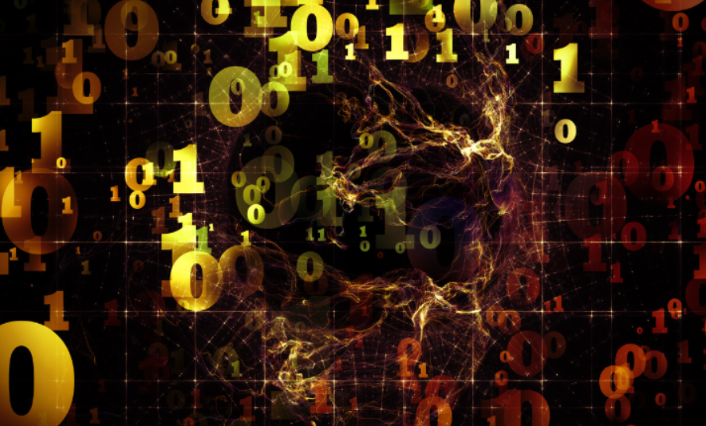Introduction to the numbers 9.02, 8.9975, and 13.5
Numbers often hold more weight than we realize. Take, for instance, the intriguing trio: 9.02 8.9975 13.5. At first glance, they may seem like random figures plucked from thin air or perhaps even a set of coordinates lost in the universe. Yet these numbers resonate across various fields of study—science, mathematics, and engineering, to name a few.
But what makes them significant? How do they interrelate? And why should we care about their implications in real life? Let’s dive “9.02 8.9975 13.5” into this captivating world where digits tell stories and unlock doors to innovation and understanding. Whether you’re a math enthusiast or just curious about numbers that might change your perspective on certain phenomena, keep reading!
The significance of these numbers in various fields of study
The numbers 9.02 8.9975 13.5 hold intriguing significance across multiple disciplines.
In physics, for instance, precision measurements often hinge on these values. They may represent constants or coefficients critical in advanced calculations that impact everything from quantum mechanics to thermodynamics.
Mathematics also utilizes these figures as they can denote essential parameters in statistical models or equations. Their decimal places indicate a level of accuracy crucial for data analysis and interpretation.
In environmental science, such numbers might reflect vital metrics like carbon emissions or temperature thresholds instrumental in climate studies.
Even finance finds relevance here; specific ratios derived from these numbers could drive investment strategies based on market trends.
Each field interprets the values uniquely yet recognizes their importance in facilitating deeper understanding and advancements within their respective areas of study.
How these numbers are related to each other
The numbers 9.02 8.9975 13.5 share intriguing mathematical relationships that can spark curiosity in various fields.
For instance, when you look closely at these figures, you’ll notice they often appear together in scientific calculations involving measurements or statistical analyses. Their close proximity suggests a possible connection to precision and accuracy.
In physics, these values might represent constants or calculated results related to specific experiments. Each number could signify different aspects of the same phenomenon.
Moreover, their decimal form highlights an emphasis on detail that is crucial in professional environments like engineering or finance. Such specificity can significantly impact outcomes and interpretations within those disciplines.
As we delve deeper into advanced mathematics, one may find applications in algorithms where such precise digits play pivotal roles in computational efficiency or data modeling techniques used extensively today.
Real-life examples and applications of these numbers
The numbers 9.02 8.9975 13.5 appear in various real-world scenarios that may surprise you.
In physics, these values often relate to measurements of atomic structures or particle masses. For instance, a specific isotope might have an atomic mass around one of these figures.
In finance, investors analyze trends using precise metrics like 8.9975 when calculating stock fluctuations over time. This number can represent the average closing price during a significant market event.
Even in daily life, we encounter them through cooking recipes or home improvement projects where exact measurements matter greatly.
Engineers may use these numbers while designing machinery components, where precision is crucial for safety and functionality.
Each application underscores the importance of accuracy across disciplines and illustrates how deeply embedded these numbers are in our lives.
The controversy surrounding the accuracy of these numbers
The numbers 9.02 8.9975 13.55 have sparked debate across various domains.
Some experts question their precision due to differing methodologies used in calculations. In fields like physics or engineering, even the slightest variation can lead to significant consequences.
Critics argue that reliance on these figures may skew research outcomes or technological applications. The implications can ripple through industries reliant on accurate data.
On the other hand, advocates maintain that these values serve as practical benchmarks for ongoing studies and innovations. They emphasize the importance of context when evaluating accuracy.
As new data emerges and techniques evolve, discussions surrounding these numbers will likely intensify further. This dynamic nature keeps researchers vigilant about ensuring reliability moving forward.
The future implications and advancements related to these numbers
As we delve into the future, the numbers 9.02 8.9975 13.5 are likely to play pivotal roles in various technological advancements. Their precision can enhance algorithms used in data analysis and machine learning.
These figures may also influence fields like environmental science. For instance, they could aid in more accurate climate modeling or energy consumption forecasts.
Additionally, industries focused on manufacturing might leverage these values for quality control processes. Precision is essential when creating reliable products.
In healthcare, these numbers can impact medical research methodologies as well. They might provide critical insights into statistical analyses that drive innovative treatments and therapies.
The potential applications are vast and varied. As researchers continue to explore their significance, unexpected breakthroughs could emerge from understanding these seemingly simple numerical relationships.
Conclusion
The numbers “9.02 8.9975 13.5” hold a unique place in various fields of study, from mathematics to physics and even economics. Their significance cannot be overstated; they serve as building blocks for more complex theories and applications.
Each number carries its own weight and relevance depending on the context in which it is used. For example, while one might represent a specific measurement or value in an equation, another could signify statistical data required for forecasting trends.
The relationship between these figures often reveals underlying principles that connect different areas of knowledge. Understanding how they interrelate can unlock new insights into real-world problems.
Numerous practical examples showcase their application across industries—from scientific research that relies on precise measurements to financial models utilizing these values for risk assessments.
However, it’s essential to consider the controversy surrounding them too. Discussions about their accuracy highlight the challenges researchers face when interpreting numerical data.
Looking forward, advancements related to these numbers will likely open up exciting possibilities for innovation and discovery across multiple disciplines.
There’s no doubt that understanding the impact of 9.02 8.9975 13.5 is crucial not only academically but also practically as we navigate our increasingly complex world with precision.




